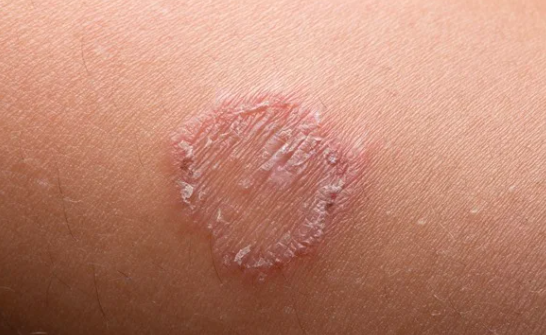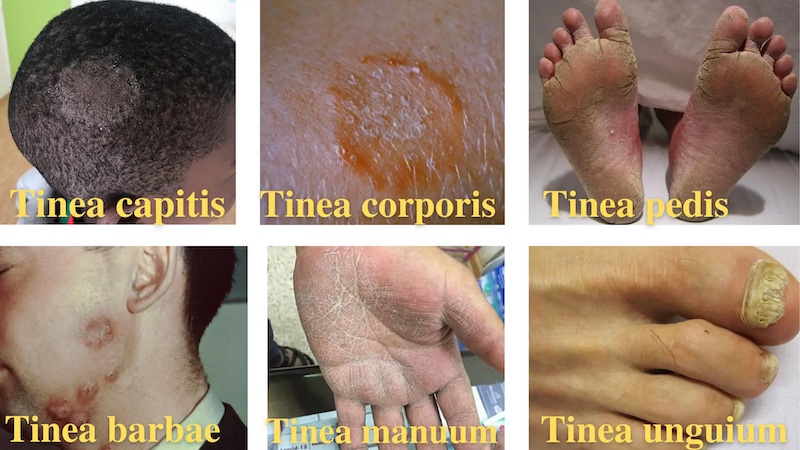


Date: 04 Jun 2025
Tinea, commonly known as ringworm, is not caused by a worm, as the name might suggest. Instead, it refers to a group of contagious fungal infections that affect the skin, scalp, feet, nails, and other areas of the body. These infections are caused by dermatophytes, a type of fungus that feeds on keratin, a protein found in skin, hair, and nails.
Ringworm is widespread across all age groups and climates, but is particularly common in warm, humid environments like Kenya. Fortunately, with proper hygiene and the use of antifungal medications, such as those available at Pharmily, including Clotrimazole, Miconazole, and Terbinafine creams, ringworm is easily treatable.
Tinea is caused by dermatophyte fungi that live on the outer layer of the skin. These fungi thrive in moist, warm environments and spread through:
Tinea can affect various parts of the body, and its name changes depending on the area involved.

Though symptoms vary depending on the affected area, common signs include:
It is important to start treatment early to prevent the infection from spreading or worsening.
Antifungal medications work by targeting the cell membranes of fungi, disrupting their structure and preventing them from growing and reproducing. Treatment can be topical or oral, depending on the severity and location of the infection.
At Pharmily, we stock a variety of effective antifungal products, including:
Active Ingredient: Clotrimazole 1%
Benefits:
Clinically proven to treat fungal infections, including ringworm, athlete's foot, and yeast infections.
Relieves itching and irritation.
Fast-absorbing and non-greasy formula.
Suitable for all skin types.
Usage: Apply a thin layer to the affected area 2-3 times daily. Continue use for at least 2 weeks after symptoms disappear to prevent recurrence.
Active Ingredients: Clobetasol Propionate, Miconazole Nitrate, Neomycin Sulfate
Benefits:
Triple-action formula: antifungal, antibacterial, and anti-inflammatory.
Effective against ringworm, eczema, dermatitis, and infected rashes.
Fast-absorbing and non-greasy.
Usage: Apply a thin layer twice daily (morning and night) to the affected area. Use as directed by a healthcare professional.
Key Properties: Natural antiseptic, antibacterial, and antifungal.
Benefits:
Supports skin healing and treats fungal infections like ringworm.
Can be used for respiratory support and muscle pain relief.
Usage: Dilute with a carrier oil before topical application.
Note: Oral antifungals can have side effects and should only be taken under a doctor’s supervision, especially if you have liver problems or are on other medications.
To support healing and prevent recurrence or spread of the infection, it's important to combine medical treatment with proper hygiene practices:
You should consult a healthcare provider if:
You can easily purchase Clotrimazole, Miconazole, and Terbinafine creams from Pharmily, your trusted online pharmacy in Kenya.
Ringworm is usually not serious, but it can become chronic or lead to secondary infections if not treated properly. Early treatment prevents the spread and discomfort.
With topical antifungals, mild cases can resolve in 2–4 weeks. More severe or nail/scalp infections may take several months with oral antifungals.
Yes. If proper hygiene isn't maintained or if you come into contact with an infected source again, reinfection is possible. Always complete the full course of treatment.
Yes, but the affected area should be covered, and treatment must be ongoing. Avoid sharing personal items or close skin contact until the infection clears.
Yes. Pets like cats and dogs can carry and transmit ringworm. If you suspect your pet has ringworm, seek veterinary care and clean your environment thoroughly.